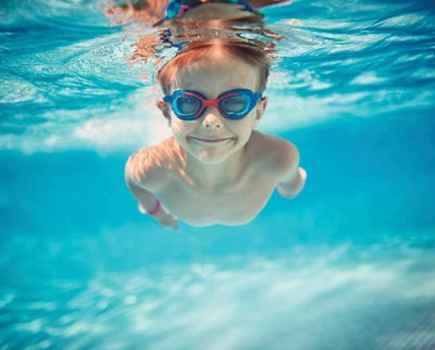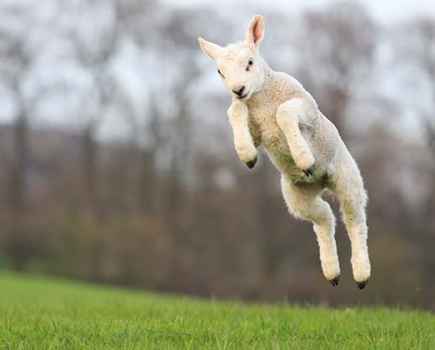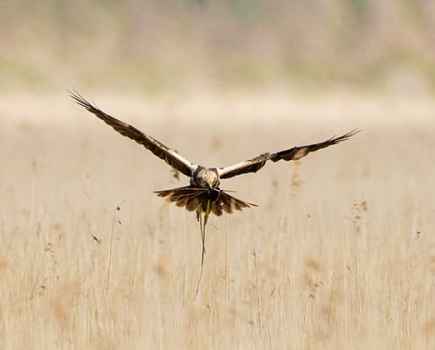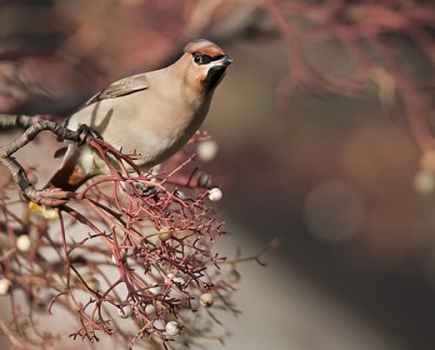Whether you’re new to wildlife photography or looking to improve your skills, we have plenty of tips and techniques to help you on your way.
We’ll also help you choose the best camera and the best lens for wildlife photography, whether you’re simply wondering which focal length to use or are looking for the best kit too.
For those already kitted out but looking for location ideas, we can also point you in the direction of the best spots to get great animal and nature shots.
If you’re a beginner, get started with our tips with our complete guide to wildlife photography, or have a go at creating black and white animal photos, or learn how to capture great bird shots in your own garden.
Quick wildlife photography tips:
What is the best focal length for wildlife photography?
The best focal length depends on how close you can get to your subject. If you’re forced to keep your distance then a longer focal length will serve you much better, aim for somewhere around the 300mm or 400mm range.
How can I be an ethical wildlife photographer?
Opinions on how to behave as a wildlife photographer, wildly differ. Photographers can’t all be expected to be experts in animal behaviour but do have a duty of care. A deep love of nature is paramount, and every life form is treated with equal importance and put before any photographic pursuit.
If you’re asking yourself uncomfortable questions about whether your approach to photographing a subject is ethical, then it most likely isn’t.
What is the difference between nature and landscape photography?
Landscape photography tends to encompass whole scenes, capturing a much wider view, while nature photography focuses on much smaller elements, such as animals and plants.











